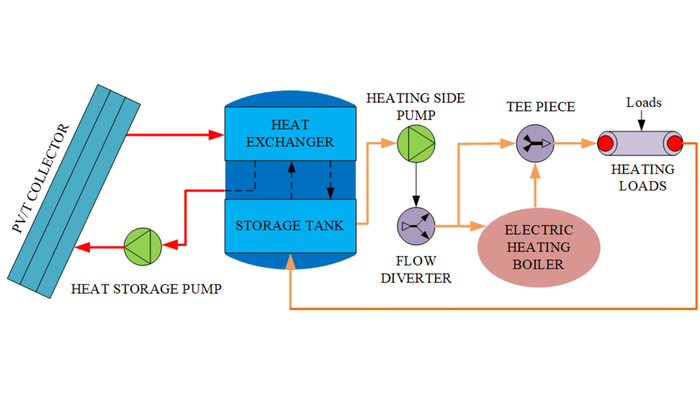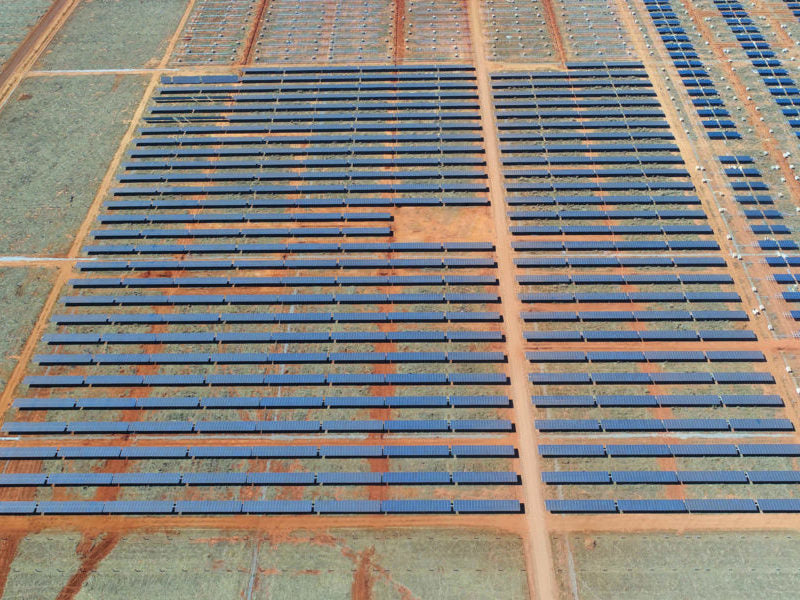https://www.pv-magazine.com/2022/06/01/pvt-biomass-system-for-space-heating-in-small-homes/
PVT-biomass system for space heating in small homes

Flow diagram of a solar-biomass hybrid system
Image: Gaoyang Hou, Lei Xu / Northwest A&F University
A US-Chinese research group has developed a proposal for a hybrid space heating solution in small homes based on photovoltaic-thermal (PVT) modules, a heat pump, a backup electric boiler, and biomass generating units.
They modeled their distributed multi-generation (DMG) unit with TRNSYS software, which is used to simulate the behavior of transient renewables systems. They assessed the system performance when meeting heating demand for a single-floor home in northwestern China.
The system has two flow circuits to store energy and supply energy. The heat storage circuit consists of a PVT system, a heat storage pump, and a cylindrical storage tank with an immersed coiled-tube heat exchanger.
“The pump drives the working flow running at a rated velocity in this loop. A differential controller based on temperature is used to switch on/off the heat storage pump,” the scientists said.
The heat supply circuit features a storage tank, a heating-side pump, flow diverters, an electrical heating boiler, and heating loads.
“The reason why the heat storage tank is contained in both circuits is that it is the crucial energy exchanger/buffer which bridges the gap between the two loops,” said the scientists.
Popular content
The PVT system provides electrical energy and heat. The electricity is transmitted to an electrical heating boiler, which raises the system's heating fluid temperature to a desirable level.
The biomass generator is used to meet any excess power demand for the boiler that can't be met by the PVT installation alone. The storage tank and the boiler supply thermal energy to the heating loads via the heat supply circuit.
“For the entire heating season, solar power predominates the energy supply side, with the biomass energy generation kicking in when needed to make up the energy deficit,” said researcher Lei Xu.
The PV system generate 52% of the electrical energy and 8% of the available thermal energy, with the biomass producing the remaining 40% of the electricity needed to heat the home. The scientists described the system in detail in “Modeling and assessment of a novel solar-biomass based distributed multi-generation system,” which was recently published in the Journal of Renewable and Sustainable Energy.
This content is protected by copyright and may not be reused. If you want to cooperate with us and would like to reuse some of our content, please contact: editors@pv-magazine.com.




